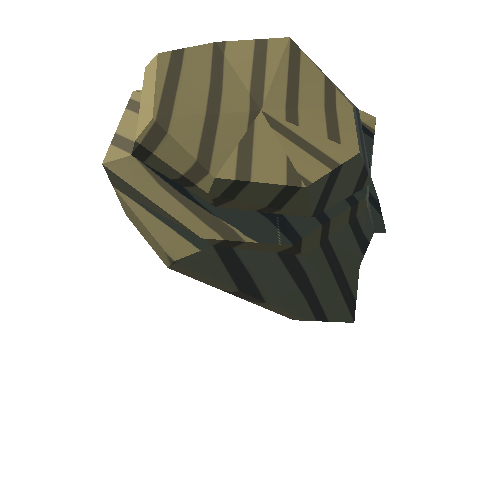Select or drop a image or 3D model here to search.
We support JPG, JPEG, PNG, GIF, WEBP, GLB, OBJ, STL, FBX. More formats will be added in the future.
Asset Overview
Pear-shaped flint handaxe, bifacially worked with a possible failed tranchet removal at the end. It was made in the Lower Palaeolithic and was found at Boscombe, Hampshire.
Handaxes appear in the archaeological record about 1.6 million years ago and coincide with the appearance of our early ancestor, homo erectus. They then remain as the main all-purpose stone tool for the following 1.5 million years.
Object in the Royal Pavilion & Museums' archaeological collections, digitised by the University of Brighton's Cultural Informatics team.
Accession number: HA200223














